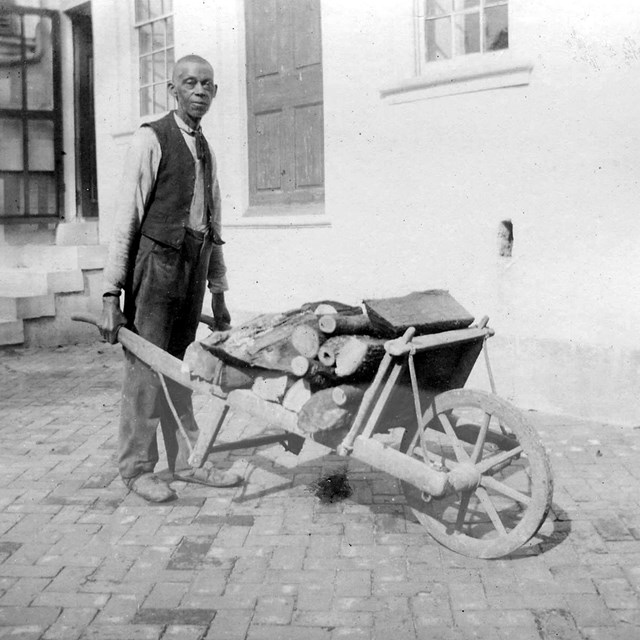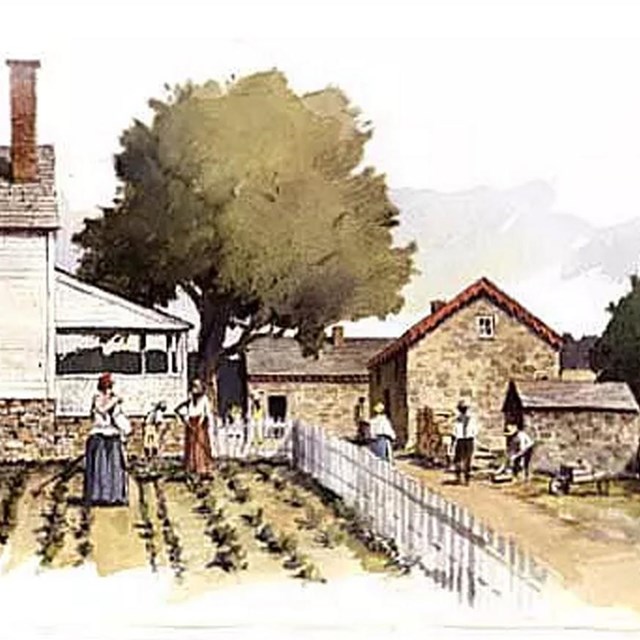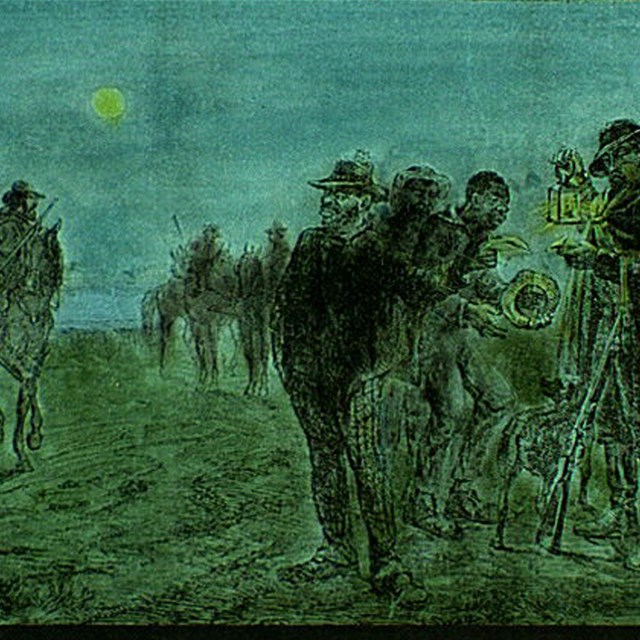
Maryland Center for History and Culture, MS.691 The story of Davis sisters Caroline and Ellen is an example of how the formerly enslaved took different paths once Emancipation came to Maryland in 1864. What factors do you think influenced the choices they made? 
Before her marriage to Thomas, Caroline had had a son named Lewis/Louis Davis (1857-lv. 1920), named for her brother, Louis Davis. Like his uncle, the younger Lewis was a coachman, and like his mother, he continued to work at Hampton after Emancipation. Lewis tended to the Ridgelys’ horses and drove their carriages through the 1910s. 
1864, NPS 
2018, NPS Learn More
|
Last updated: July 29, 2024






